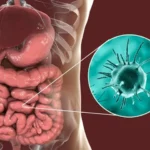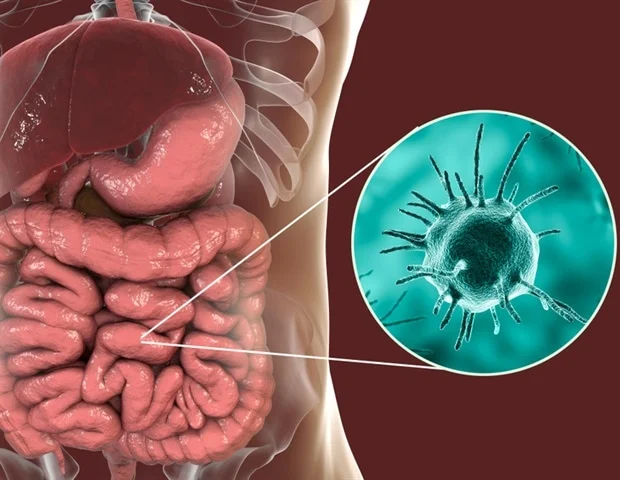When most people hear “ketamine therapy,” they think of treatment-resistant depression rightly so. This innovative approach has gained serious attention in recent years for offering relief to individuals who haven’t responded to traditional antidepressants. But what many don’t realize is that ketamine therapy is doing far more than just treating depression.
From easing chronic pain to helping people process deep-rooted trauma, the benefits of ketamine therapy extend into areas of wellness we’re only just beginning to understand.
Whether you’re curious for yourself or researching options for a loved one, this article explores five surprising benefits of ketamine therapy-and why it may be one of the most powerful healing tools available in 2025.
What Is Ketamine Therapy?
Let’s start with a quick refresher. Ketamine therapy involves the controlled, medically supervised use of ketamine, a dissociative anesthetic first developed in the 1960s. Unlike SSRIs, which increase serotonin levels over time, ketamine works rapidly on the brain’s glutamate system, helping to rebuild neural connections and reduce symptoms in as little as one session.
The therapy typically involves a series of treatments over a few weeks, administered via IV, intramuscular injection, nasal spray, or oral lozenges. Sessions are often accompanied by integration therapy, where a trained mental health professional helps the patient process emotions and insights that arise during the experience.
While its antidepressant effects are well-known, the real magic of ketamine therapy may lie in what else it can do.
1. Chronic Pain Relief
One of the lesser-known but widely researched uses of ketamine is for chronic pain management. Conditions like fibromyalgia, complex regional pain syndrome (CRPS), and neuropathic pain often resist traditional medications, leaving patients in constant discomfort.
Ketamine, however, has shown promise in blocking NMDA receptors-key players in the pain pathway. This disruption can effectively “reset” the nervous system, reducing the pain signals being sent to the brain.
Real-world scenario: A 42-year-old woman with fibromyalgia shared in a case study that after five ketamine infusions, her pain decreased by 60%. She was able to return to daily walks-something she hadn’t done in years.
While not a permanent cure, ketamine therapy offers relief that’s often more profound and longer-lasting than opioids, without the addictive side effects.
2. PTSD and Trauma Healing
Many trauma survivors feel stuck-like their bodies and minds are still reliving the same painful memory. This is where ketamine therapy shines.
By creating a dissociative state, ketamine allows people to revisit traumatic memories with a sense of emotional distance. It doesn’t erase the trauma, but it helps patients process it without being overwhelmed by it.
Researchers believe ketamine can help rewire the brain’s fear response and enhance neuroplasticity, allowing new emotional patterns to form.
Personal reflection: I spoke with a veteran who had tried everything for his PTSD-talk therapy, medication, EMDR. Nothing stuck. After a few ketamine sessions, he told me, “It felt like I could finally breathe again. Like I wasn’t stuck in the past anymore.”
This kind of shift isn’t just mental—it’s physical, emotional, and deeply freeing.
3. Alcohol and Substance Use Recovery
Another surprising benefit of ketamine therapy? Its role in addiction treatment.
In several studies, ketamine-assisted therapy has helped individuals reduce cravings and prevent relapse in addictions to alcohol, opioids, and other substances. The experience gives patients a new perspective on their behavior, and the integration work that follows helps them build healthier coping mechanisms.
A 2023 pilot study at Yale University found that participants who underwent ketamine therapy were over 50% more likely to remain abstinent after six months compared to those in traditional treatment alone.
Why does it work? The dissociative effects can create a powerful psychological shift, helping people confront the root causes of their addiction, while the neurochemical effects reduce withdrawal symptoms and cravings.
4. Reduced Anxiety and Existential Distress
Although ketamine therapy is often lumped under depression treatment, it’s also gaining momentum in managing generalized anxiety disorder (GAD) and existential anxiety-especially in people facing terminal illness.
For patients in palliative care, ketamine offers a fast-acting, deeply introspective experience that can reduce fear of death, calm existential dread, and restore a sense of connection and peace.
Clinical note: In a small 2024 study from Johns Hopkins, patients with end-stage cancer reported dramatic reductions in death anxiety after just one ketamine session. One participant described it as “coming to terms with my story, not fearing how it ends.”
Even outside of terminal illness, people with high-functioning anxiety have turned to ketamine therapy as a way to soften the intensity of their thoughts, release chronic tension, and experience emotional relief without years of traditional treatment.
5. Emotional Reset and Enhanced Self-Awareness
Perhaps the most intangible-but widely reported-benefit of ketamine therapy is the emotional reset it provides. Patients often describe the sessions as eye-opening, even spiritual. Some experience a sense of unity, clarity, or insight that radically shifts their relationship with themselves and the world.
It’s not uncommon to hear people say things like:
“I remembered who I was before the depression.”
“It showed me how disconnected I’ve been from my own emotions.”
“I felt love-for myself-for the first time in years.”
These aren’t hallucinations or delusions. They’re deeply personal, transformative moments of awareness that traditional therapy often takes years to access.
And while ketamine therapy isn’t for everyone, many who try it describe it as the first step on a much longer journey of healing and self-discovery.
What to Expect in a Ketamine Therapy Program
If you’re considering ketamine therapy, here’s what a typical process might look like:
Initial consultation – Includes a medical and psychological evaluation to ensure you’re a good candidate.
Treatment plan – Most programs involve 4–6 sessions, often spaced over 2–3 weeks.
Therapy sessions – Sessions last 45–90 minutes and are conducted in a calm, clinical setting. You may wear an eye mask and listen to music while under the effects.
Integration therapy – This is the “aftercare” where the real work begins. You’ll process emotions, insights, and how to apply them to your daily life.
Final Thoughts
Ketamine therapy is proving to be a game-changer for mental health-but its benefits extend far beyond treating depression. From chronic pain to PTSD, anxiety to addiction, this treatment is opening doors that were once considered permanently closed.
For residents seeking safe, research-backed options, ketamine therapy in Pennsylvania is becoming increasingly accessible through licensed clinics and trained professionals. As more data comes in and awareness grows, it’s likely ketamine will continue to reshape how we approach mental wellness- one patient, one breakthrough, one session at a time.
Click here to read our recent article – Damp Proofing Mistakes Stafford Homeowners Should Avoid















Leave a comment